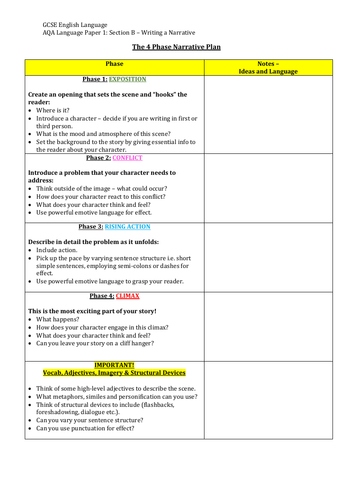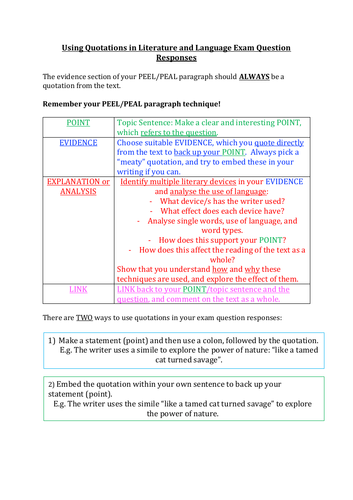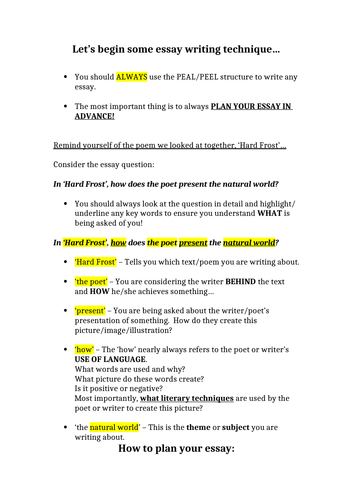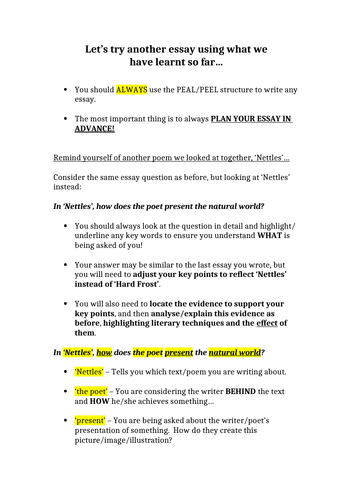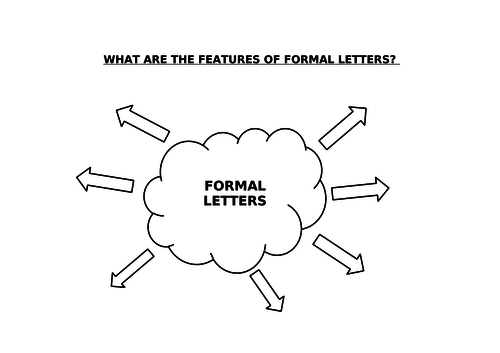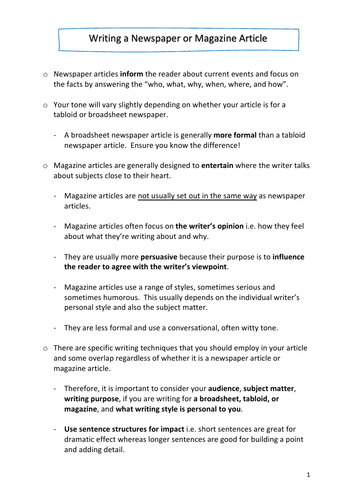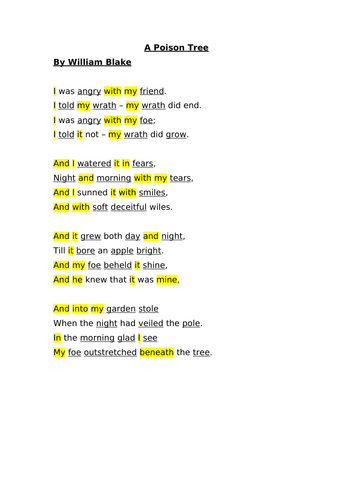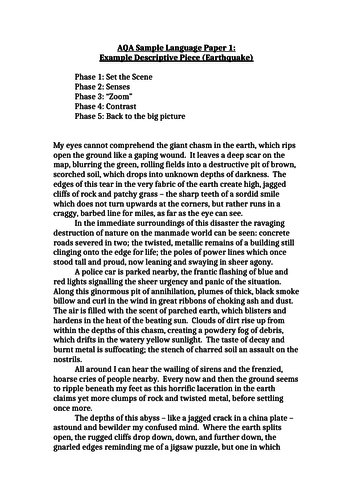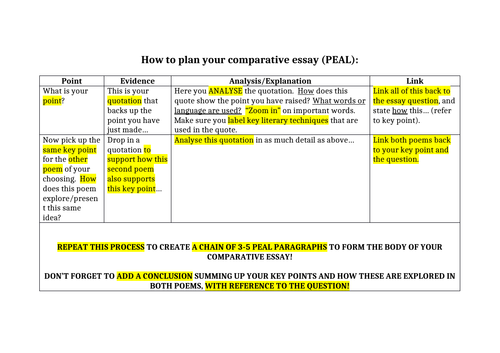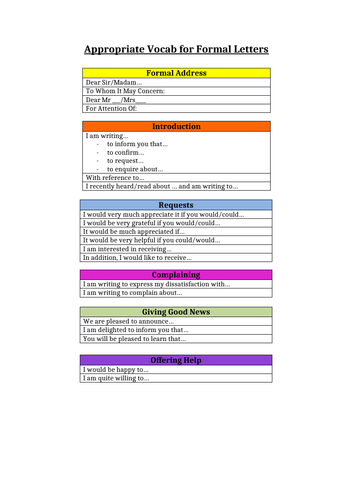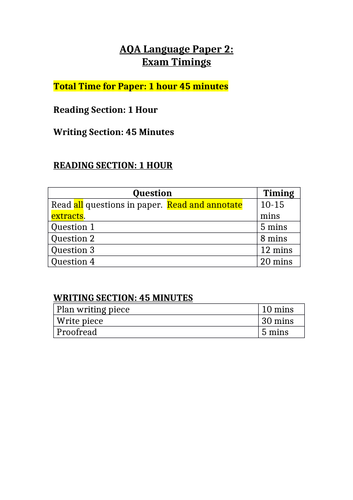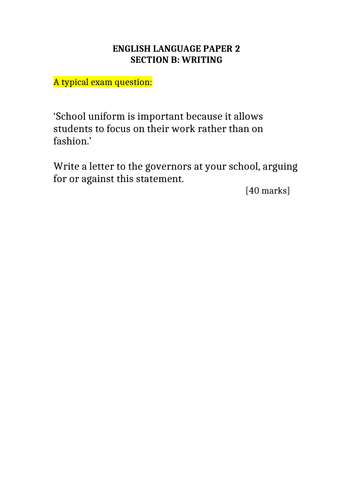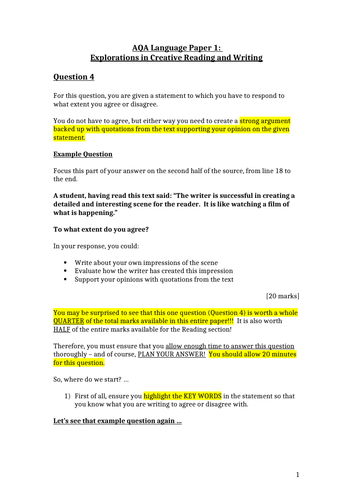Teach Lit & Lang
I have an MA in English Literature from the University of Surrey and a passion for Literature. I tutor English Literature & Language one-to-one and in small groups, face-to-face and online. My shop provides resources for teaching GCSE students English Lit and Lang, in line with the Grade 9-1 grading system. Many GCSE resources are primarily AQA, but can be easily adapted for other examining boards too. Some resources are available for younger students too. All reviews greatly appreciated.

